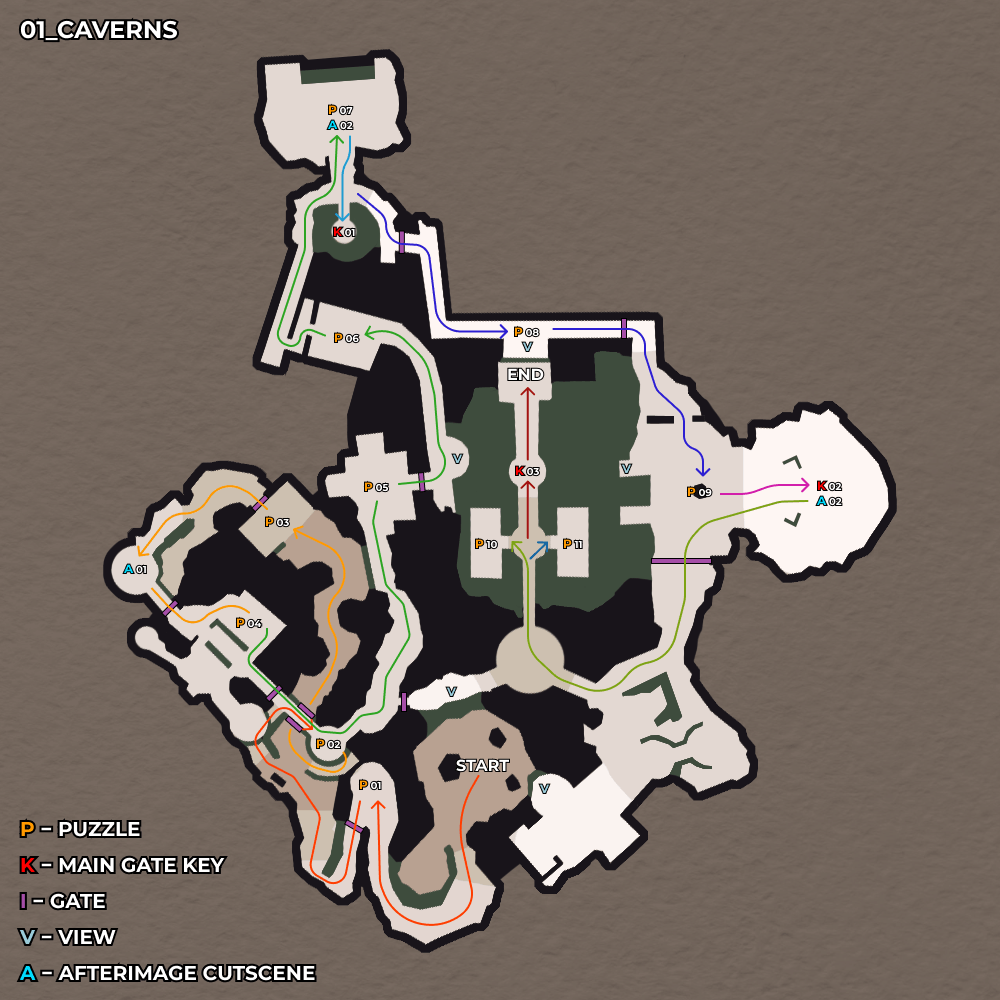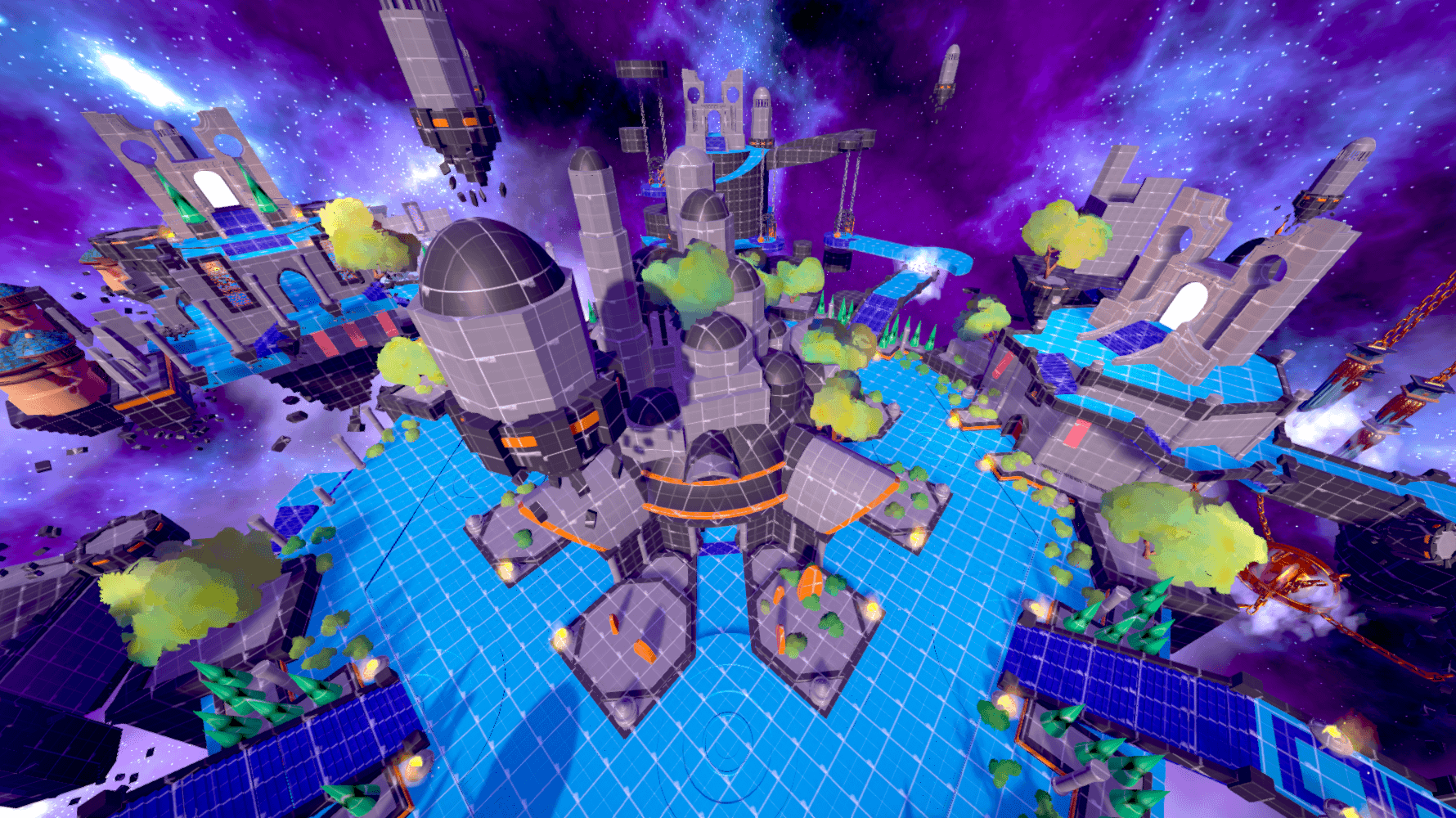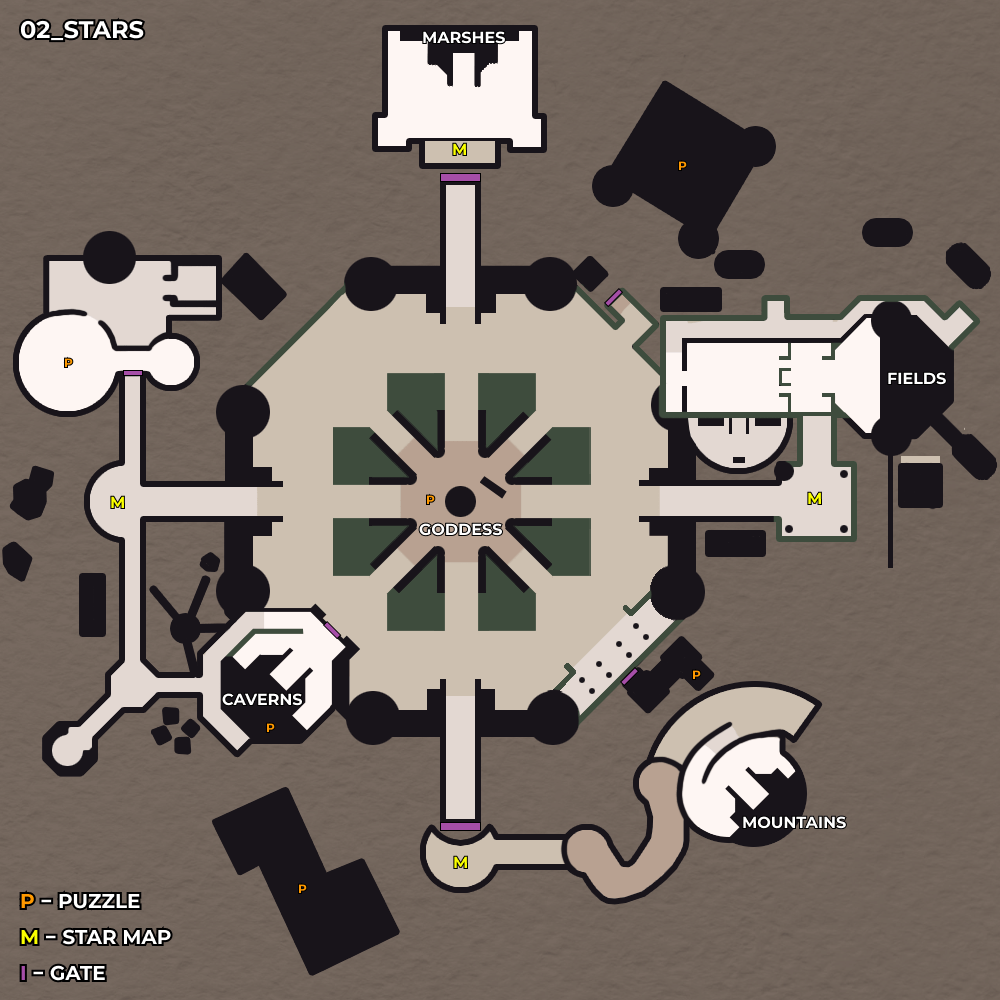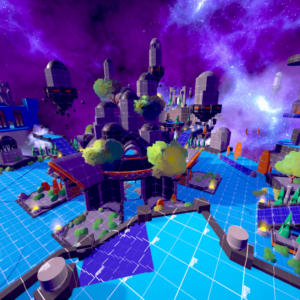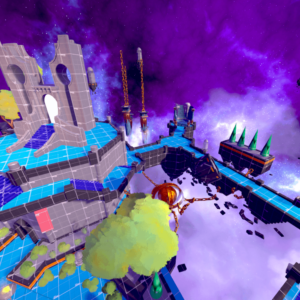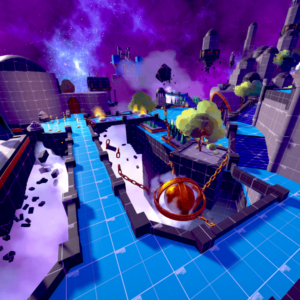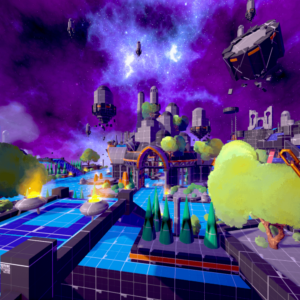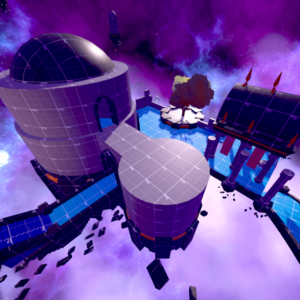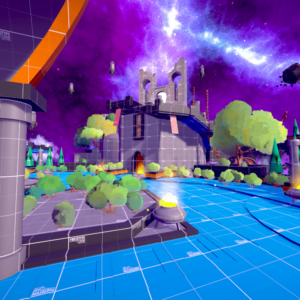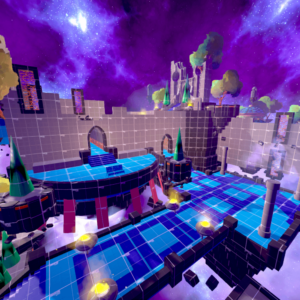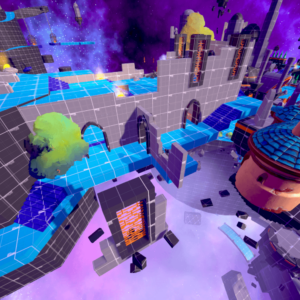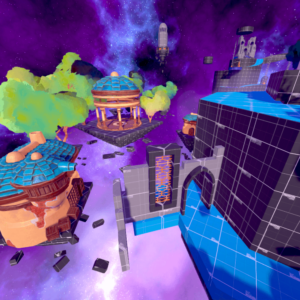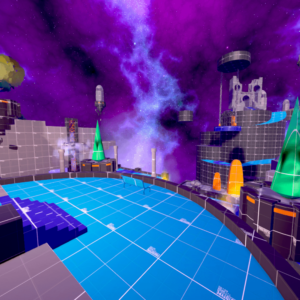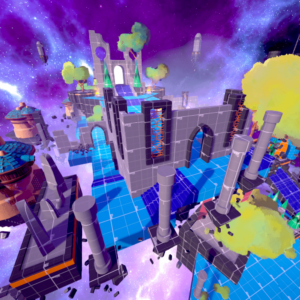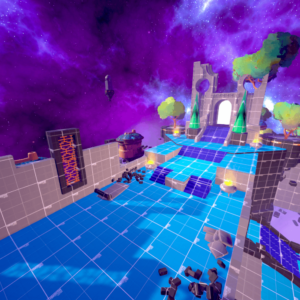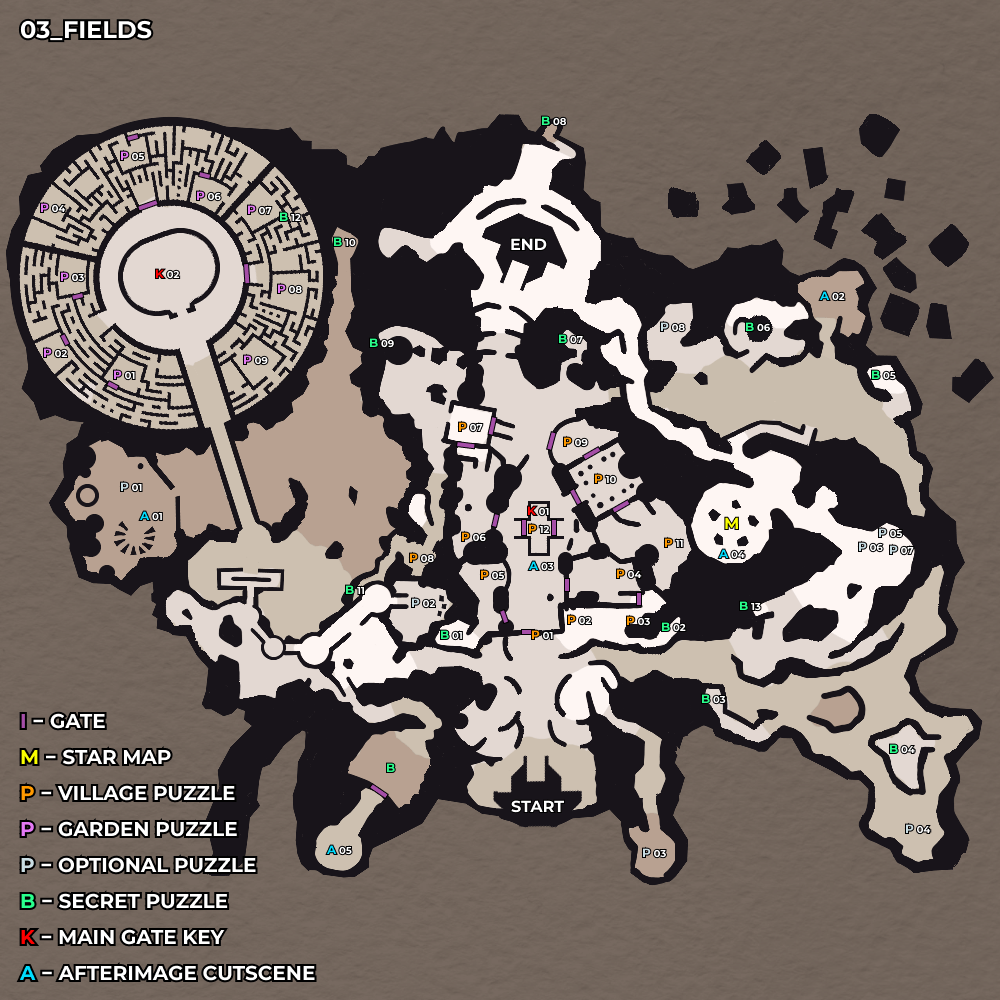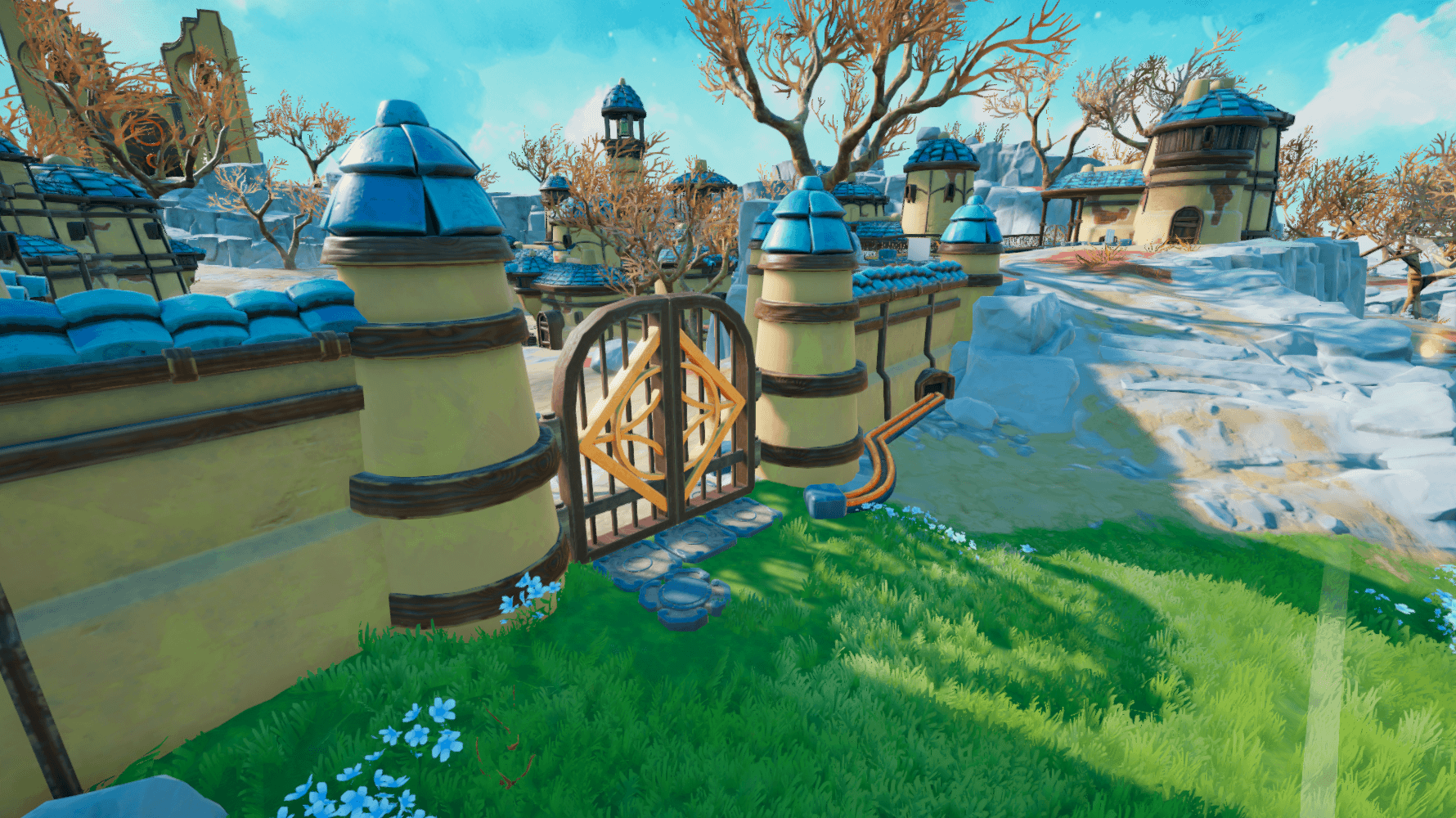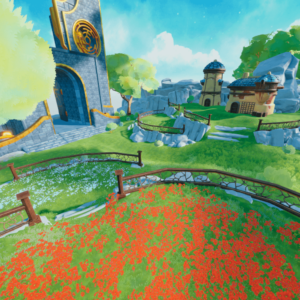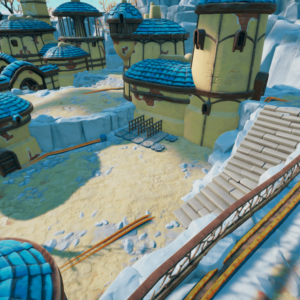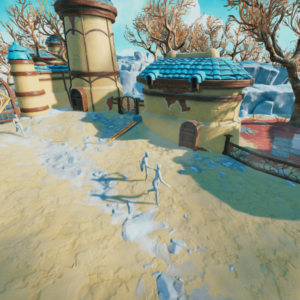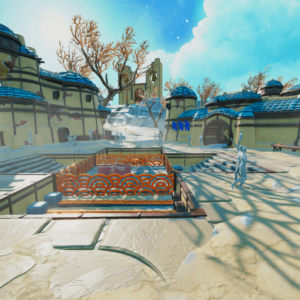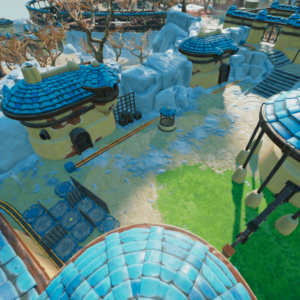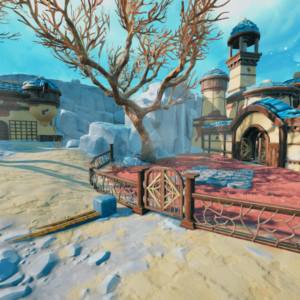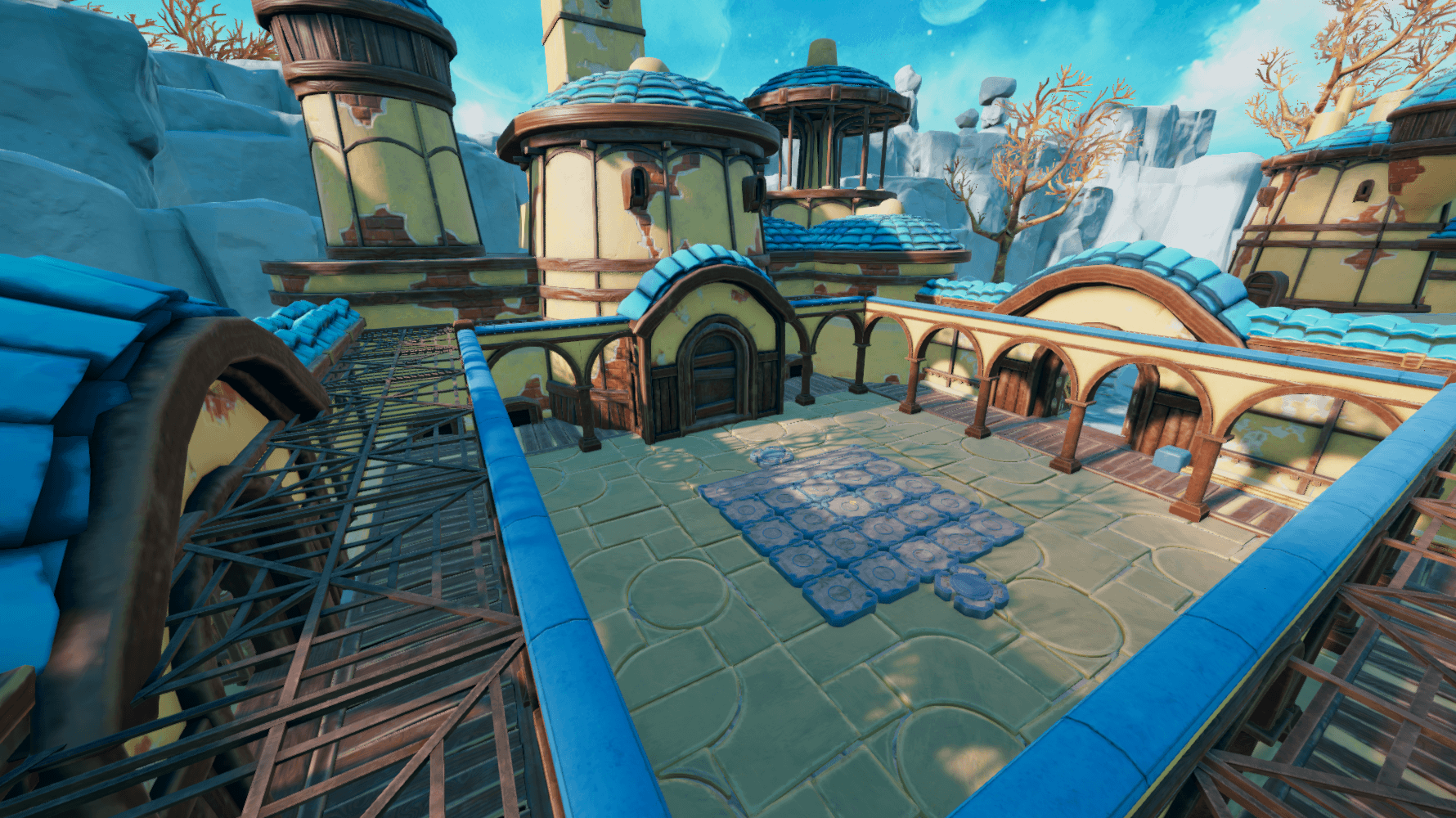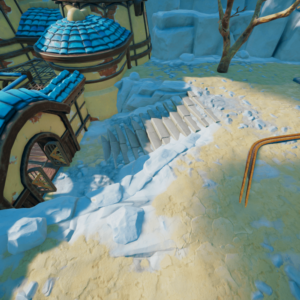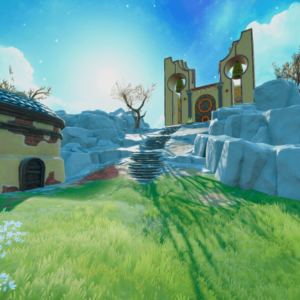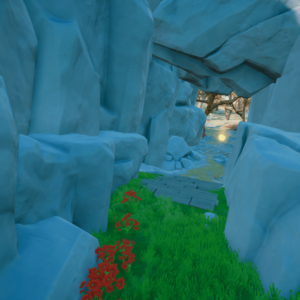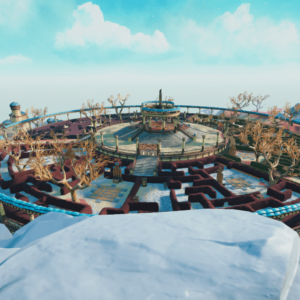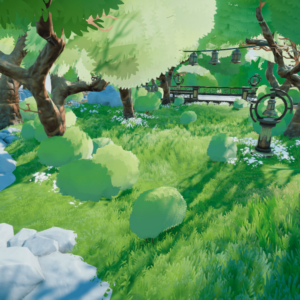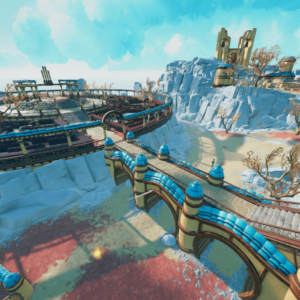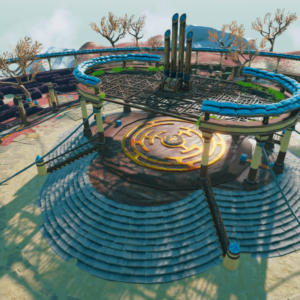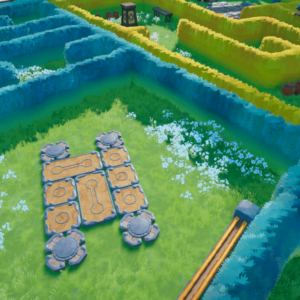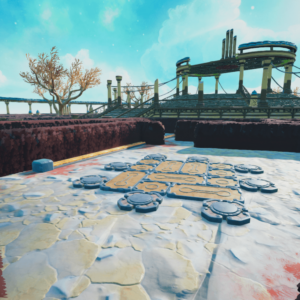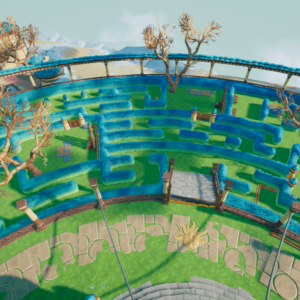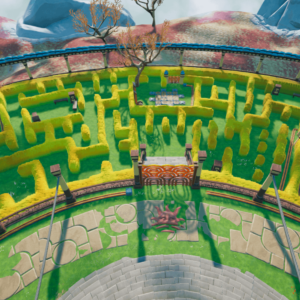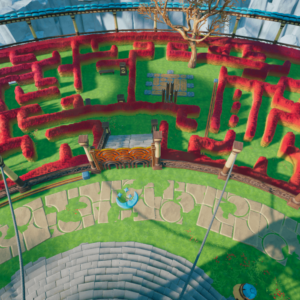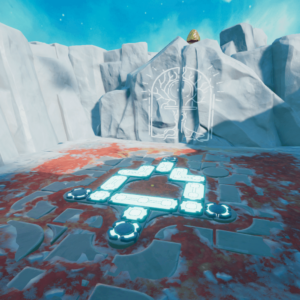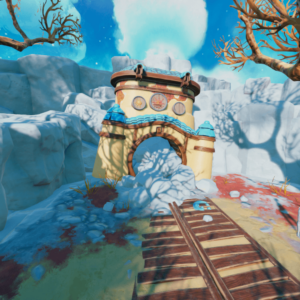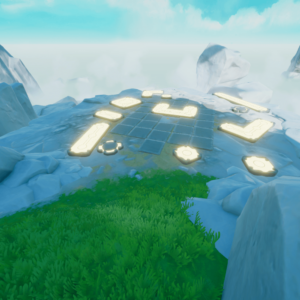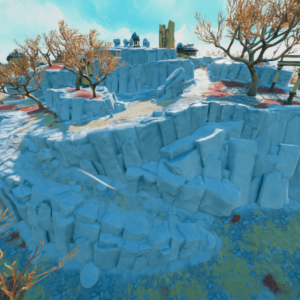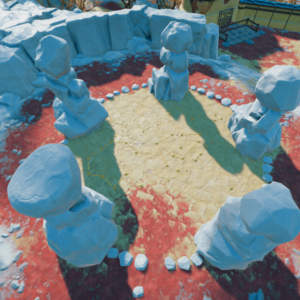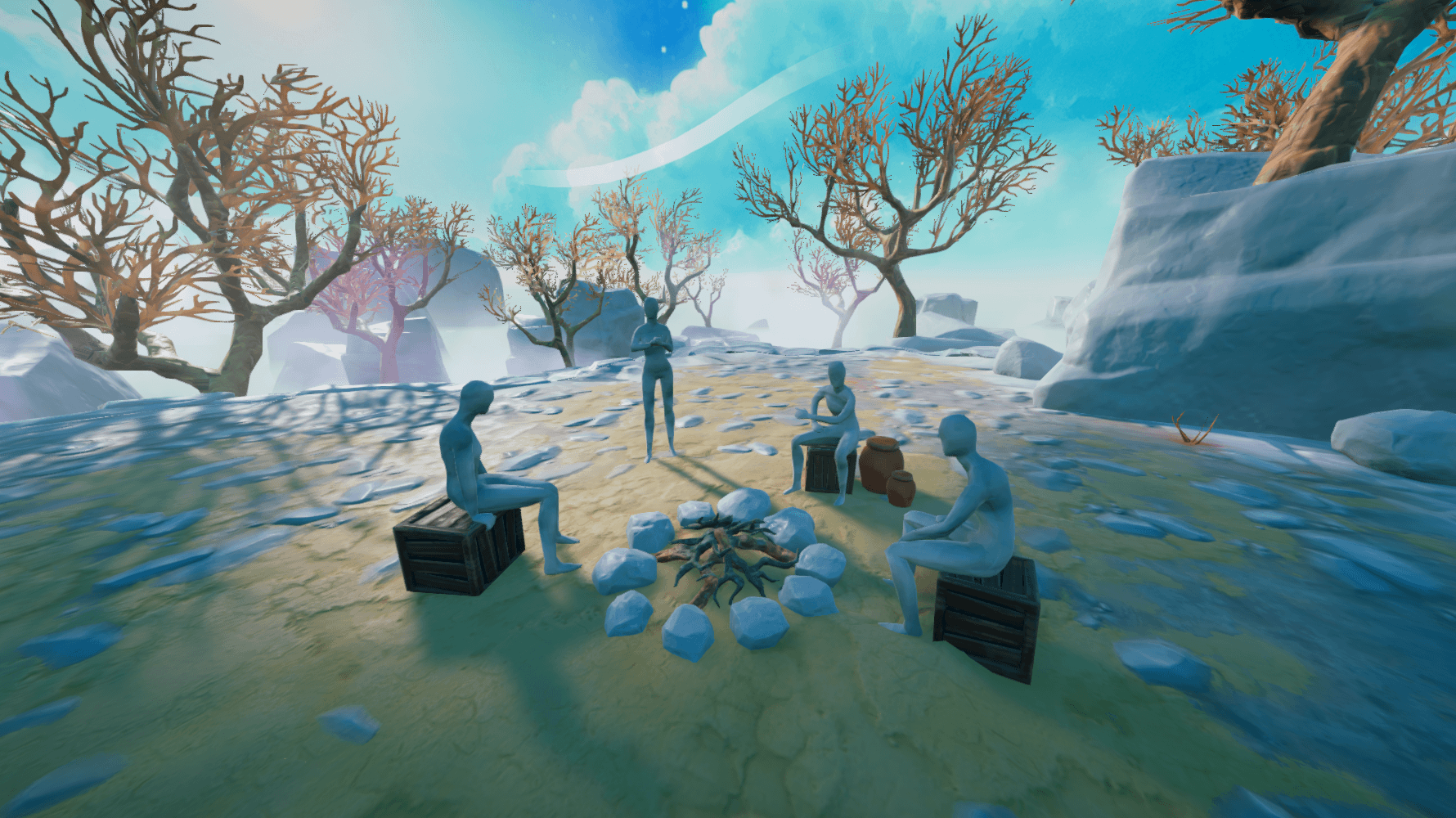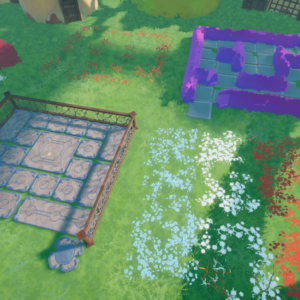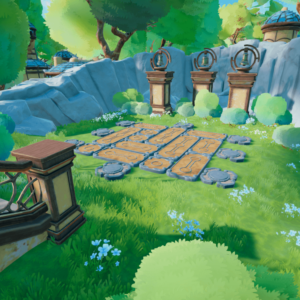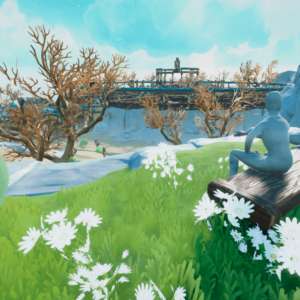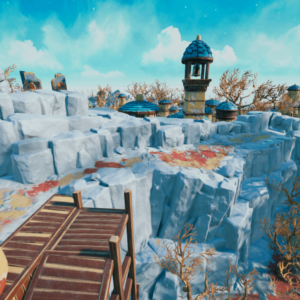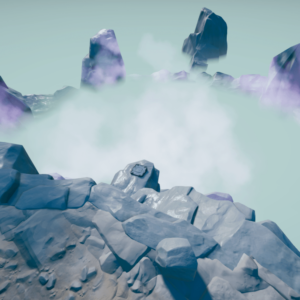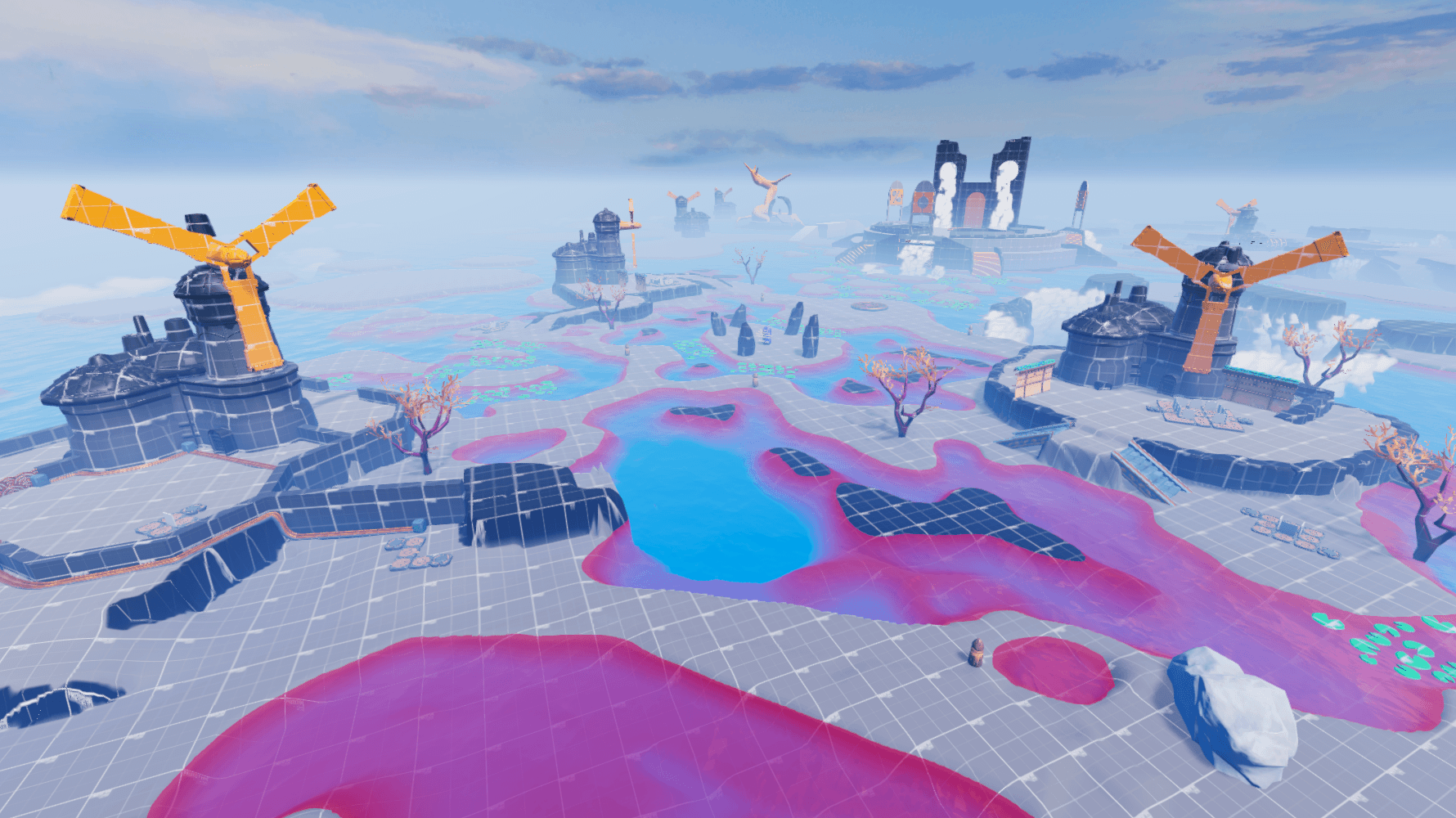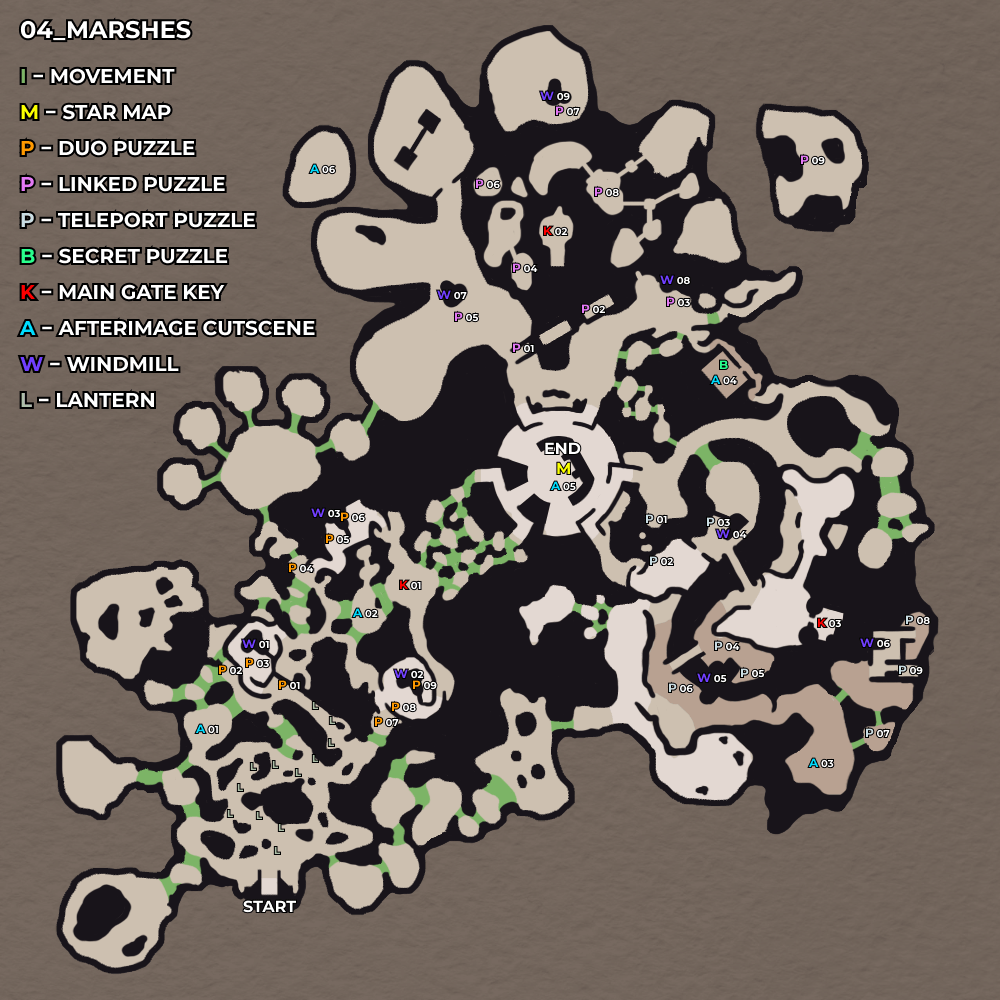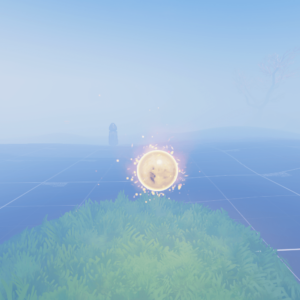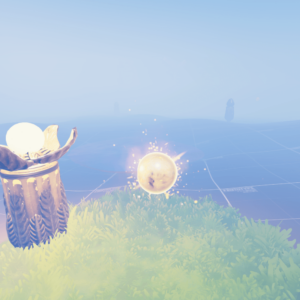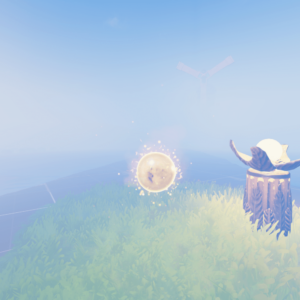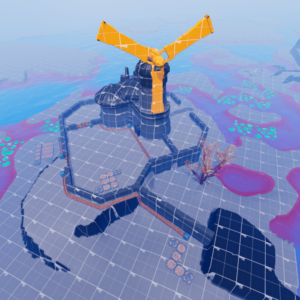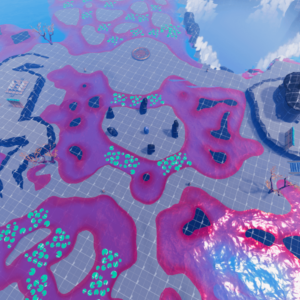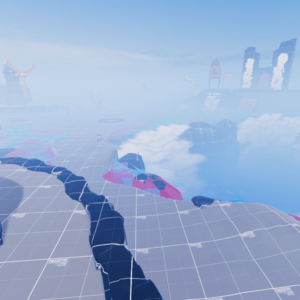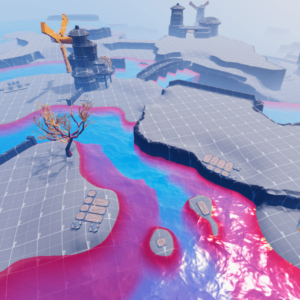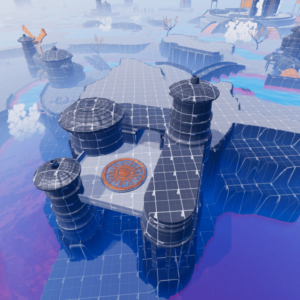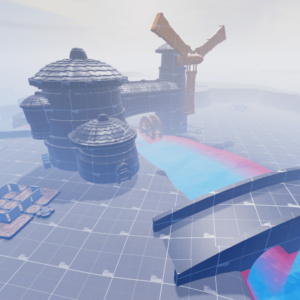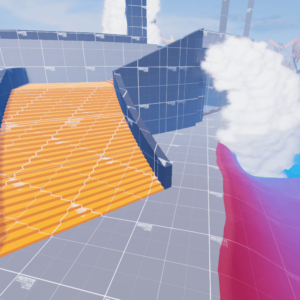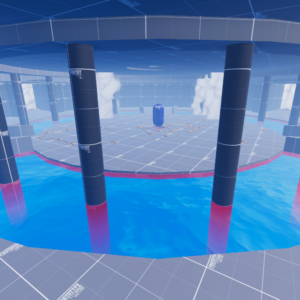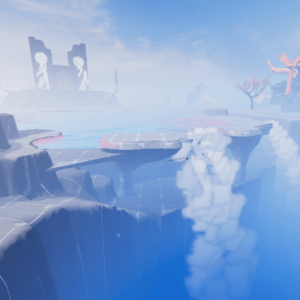My Responsibilites
Creating initial level concepts, gathering references, and layout design.
Designing a tutorial section to teach essential controls.
Creating blockouts for all level layouts in Blender synchronised with Unity to establish the size and scale of levels for early testing gameplay flow.
Concepting and creating vistas.
Preparing occlusion baking and working on optimisation of the game
Working closely with Game Designer throughout production and considering environment locations for the puzzles.
Placing all gameplay objects such as puzzles, energy lines, gates, collectables, and narrative and storytelling cutscenes.
Partial puzzle design and setting up designed ones.
Maintaining technical passes with placing collisions, triggering all level logic and gameplay elements.
Close communication with Project Lead and Game Designer, feedbacking core mechanics and features.
Keeping associated level design documentation.
Meshing levels according to the artistic direction of the project.
Working with QA on multiple bug fixes.
Caverns
When I joined the project, we needed puzzles or art style designed. We initially agreed on what kind of levels we wanted to create, but over time it changed. The caverns are the first level which is a tutorial.
My challenge was creating a linear level that introduced puzzle core mechanics and ensuring they understood the principles—starting with a simple setup of a single tile that opens doors and then gets more and more complex with puzzles that raise the bridge or turn on the elevator.

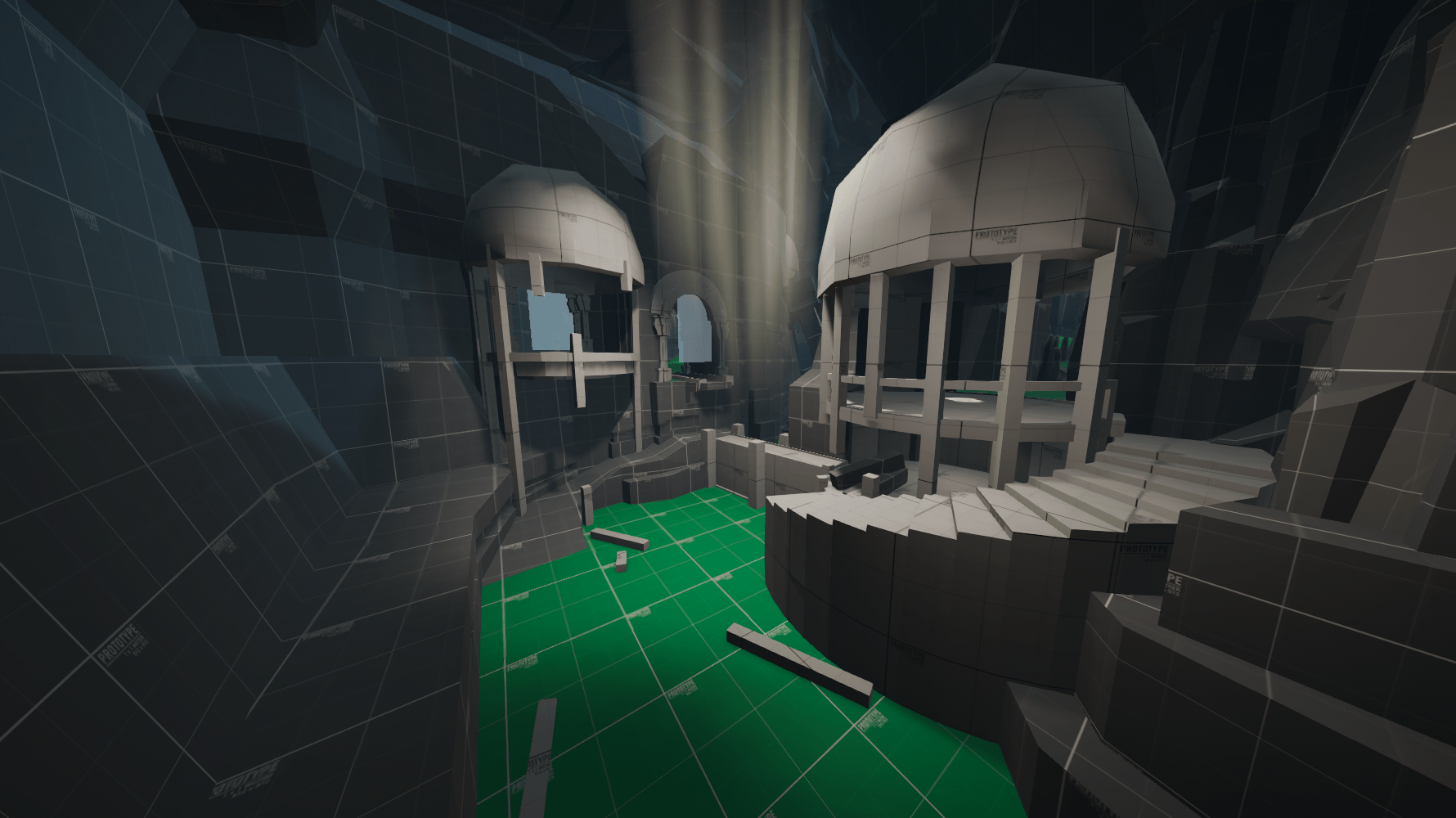
One of the mechanics we teach the player is collecting keys that allow you to open the gate and complete the level. The level itself also has afterimages, which are cut scenes telling about the world created by the goddess. When carefully alternating between exploration, story and puzzle moments, we can make each moment resonate more and start a compelling adventure that stimulates the player's imagination.
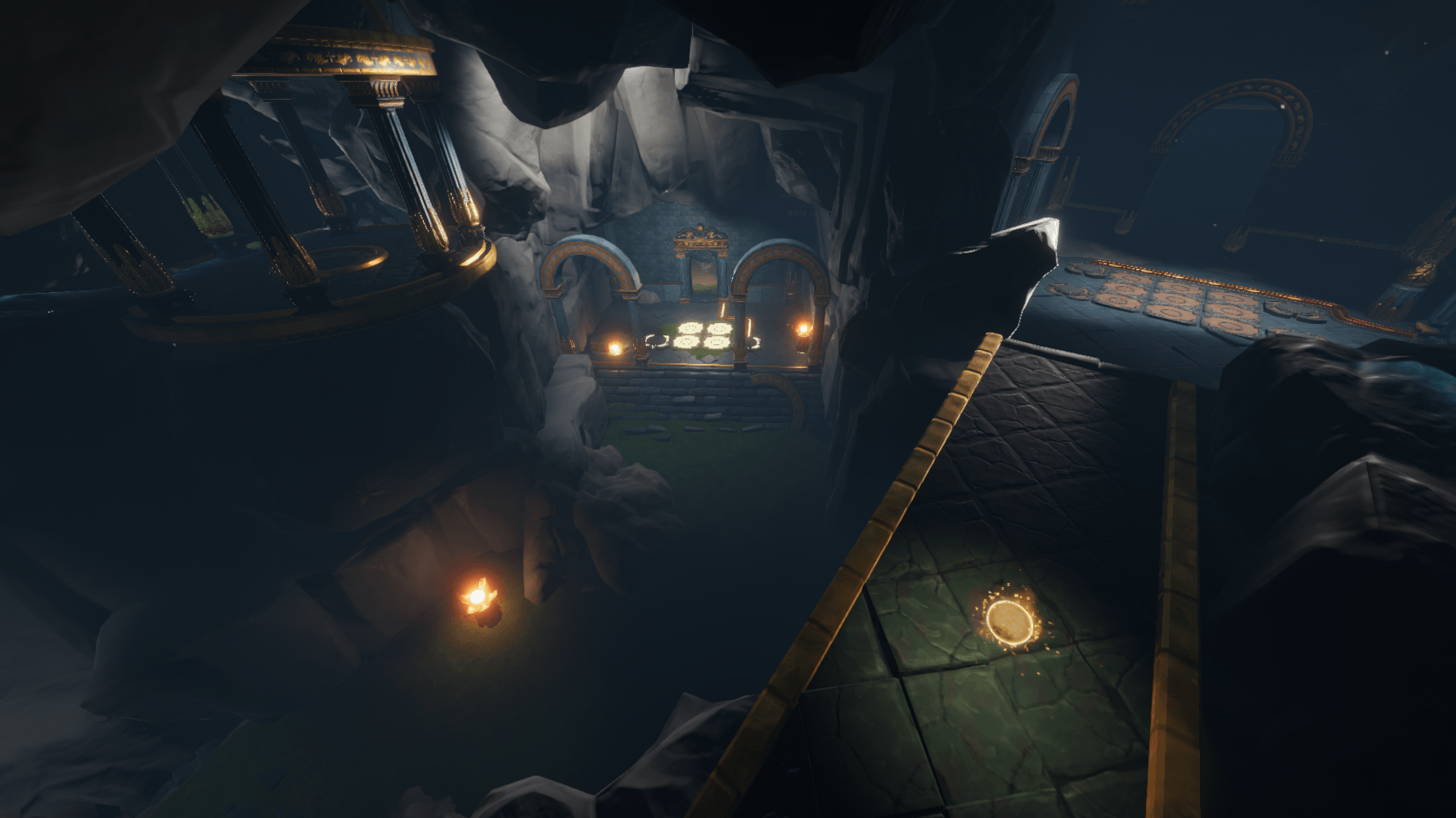
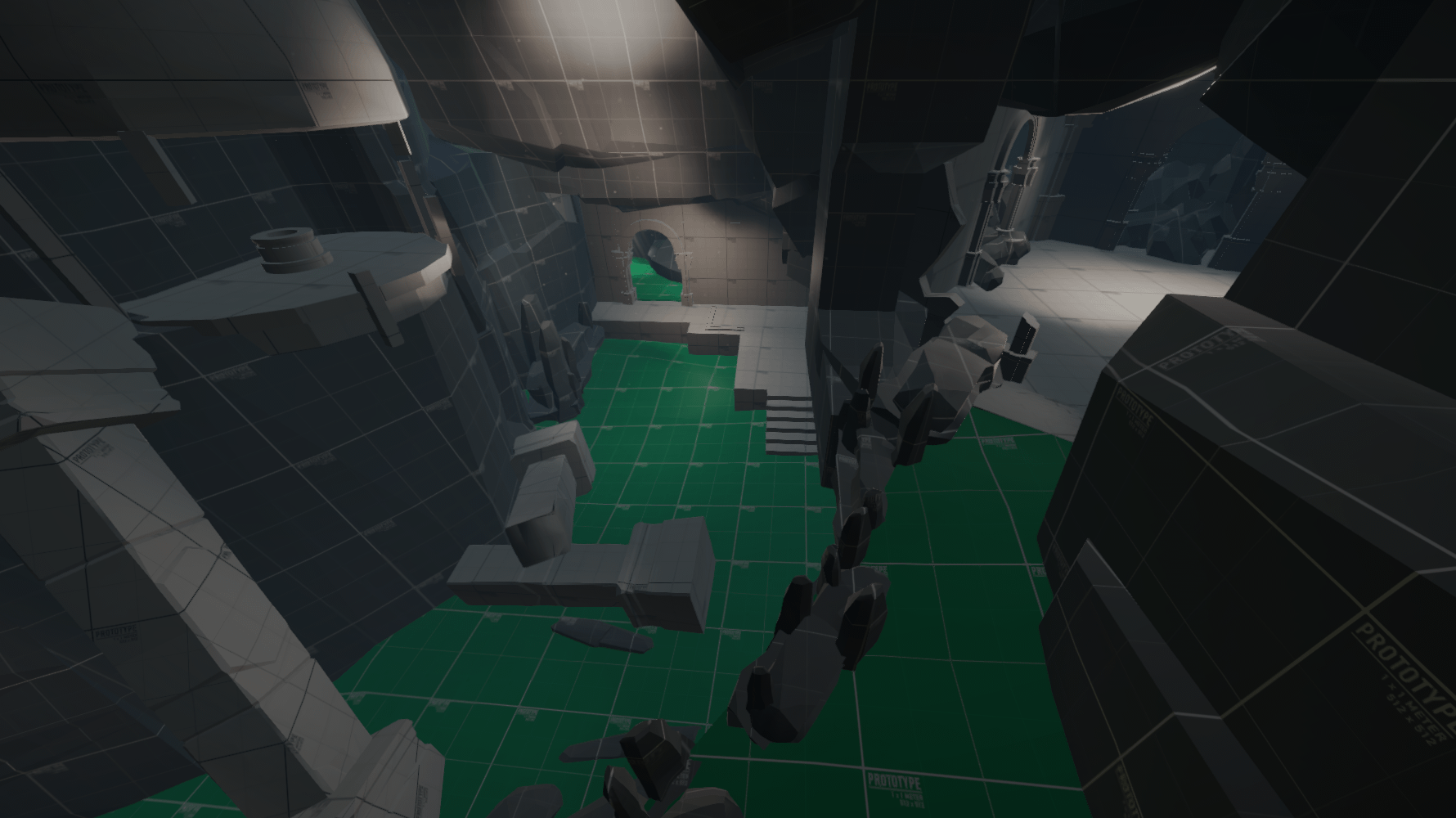
One of the visual mechanics of the game is to bring the terrain to life by moving around it. One of the aspects I wanted to capture at the beginning of the game is to show the paths we've already travelled but from a different perspective. This mechanic helped us distinguish which places we had already visited and which we still needed to explore.

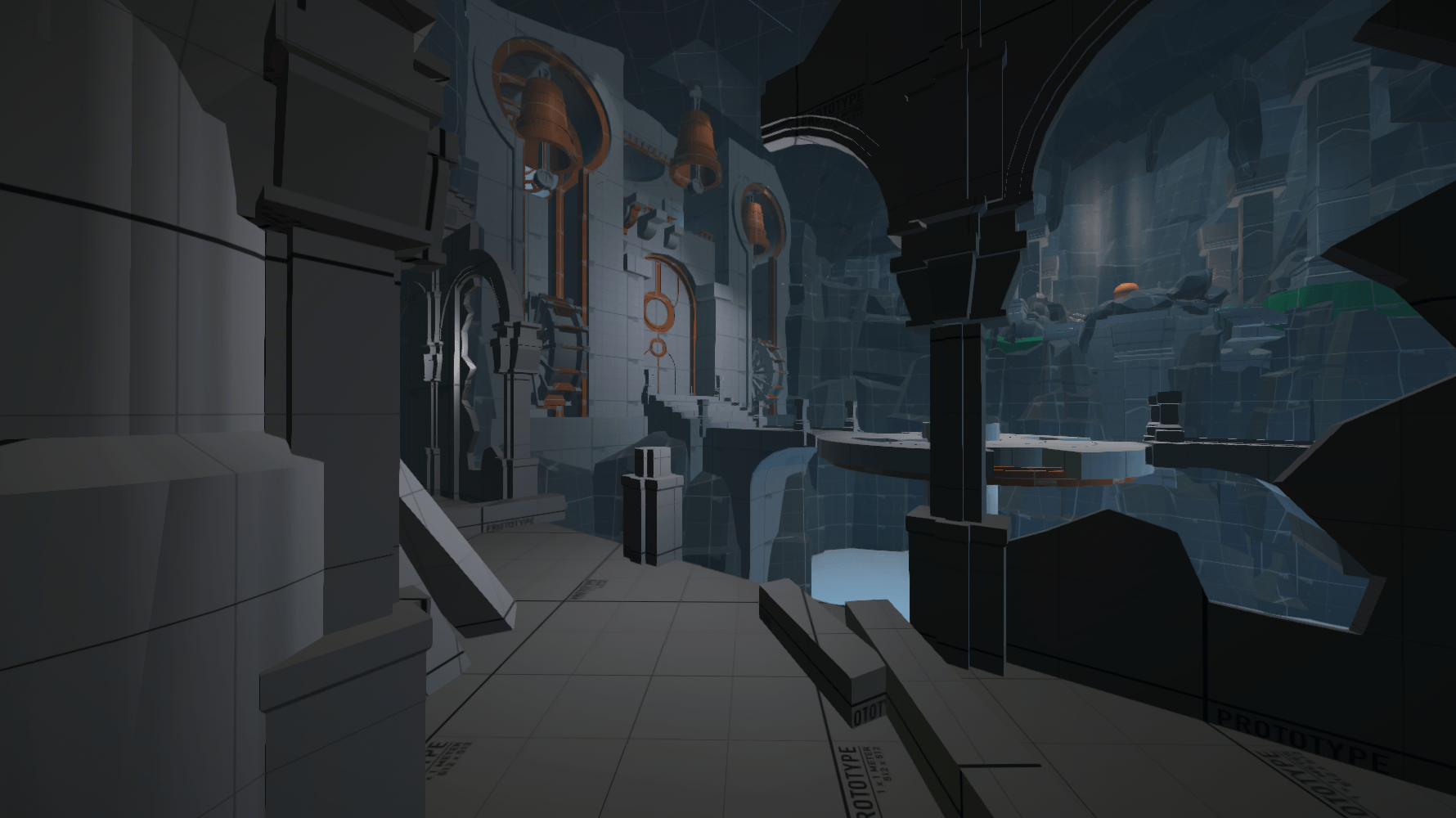
I focused a lot of attention on showing the vista from the main hall and the great gate as our goal. Later, we go through the corridor in the upper section of the gate, emphasising the scale and the distance travelled and reminding us about our purpose. From the very top, we can see the whole room and the road we still have to travel.
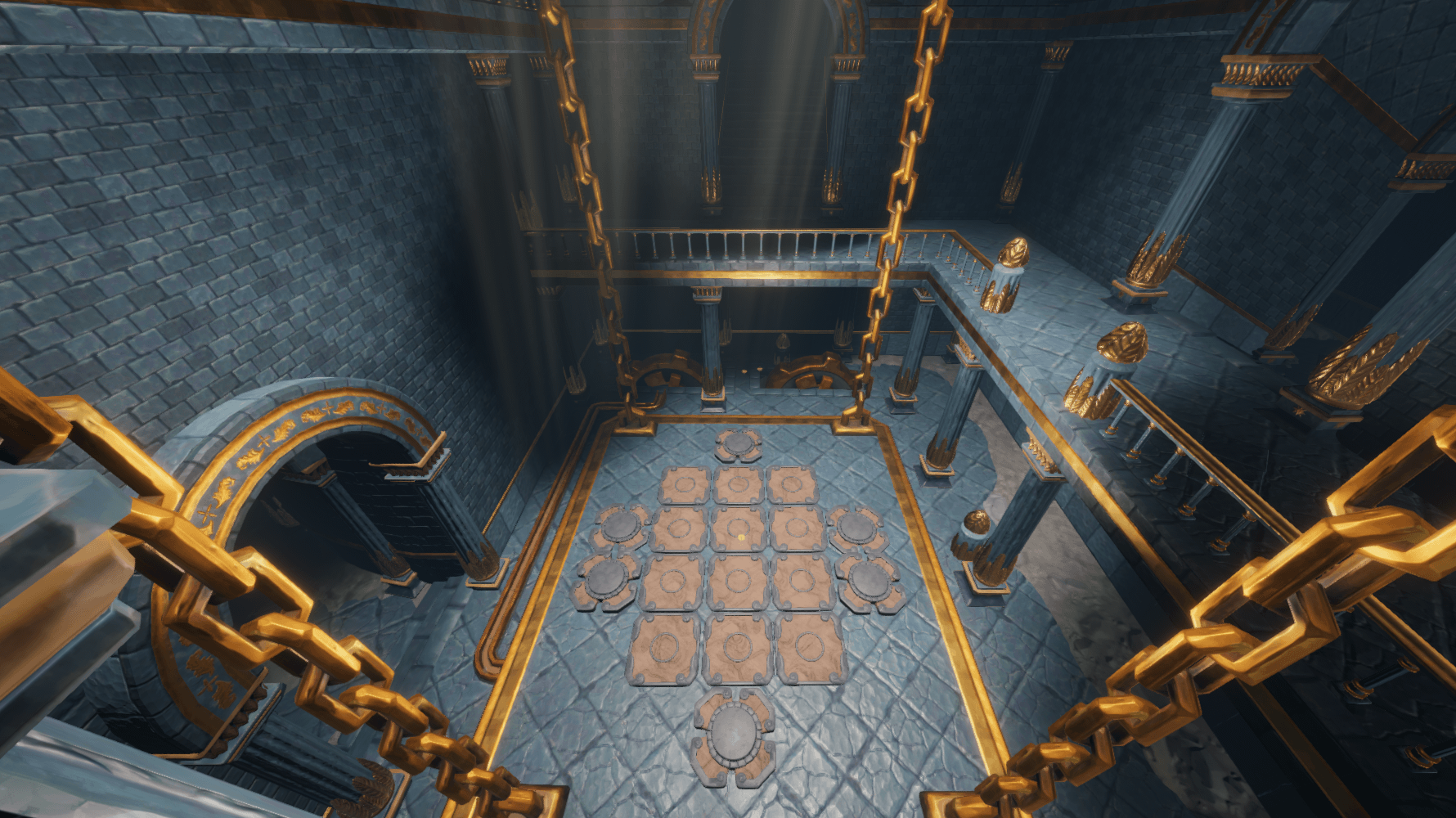
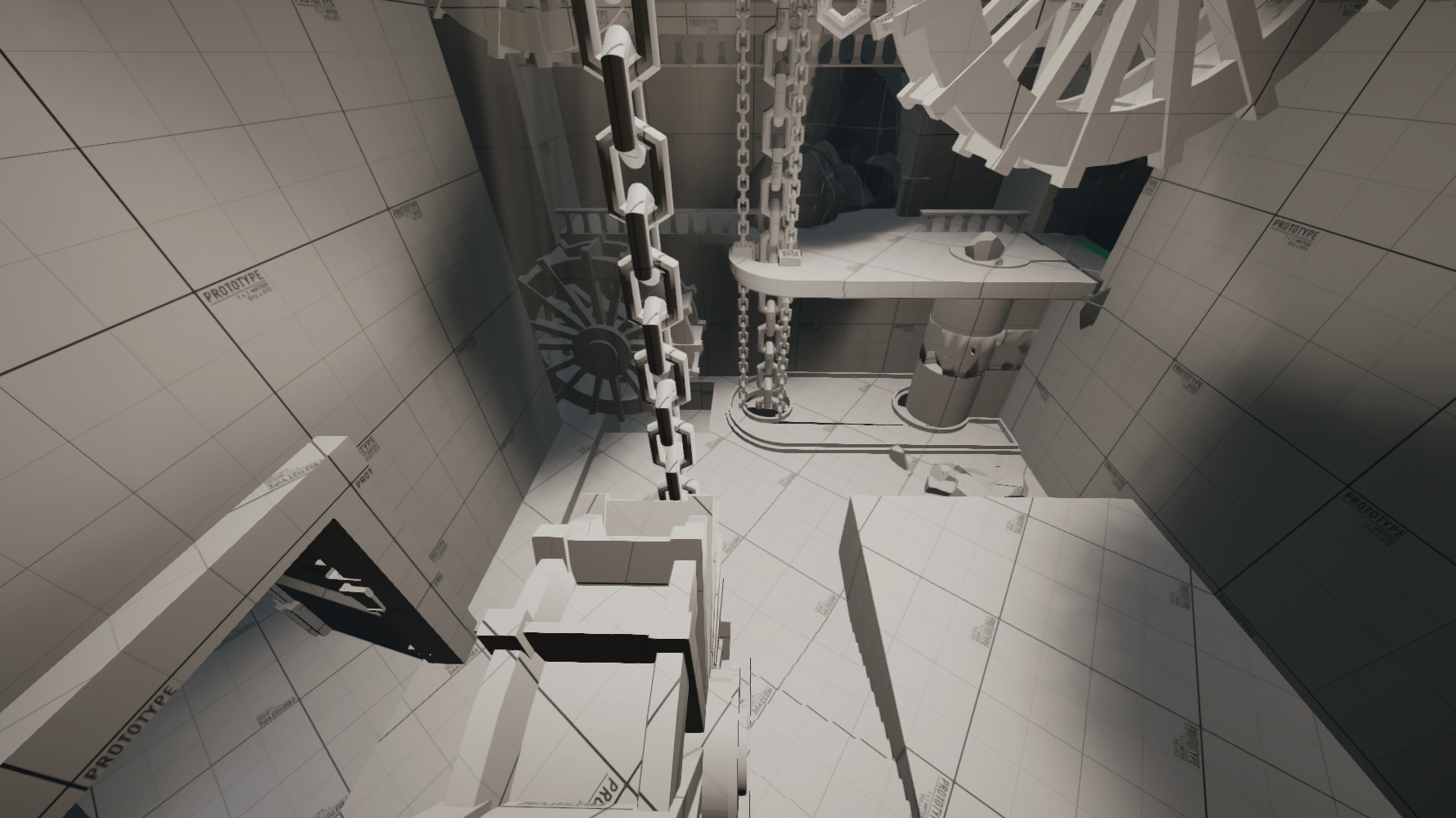
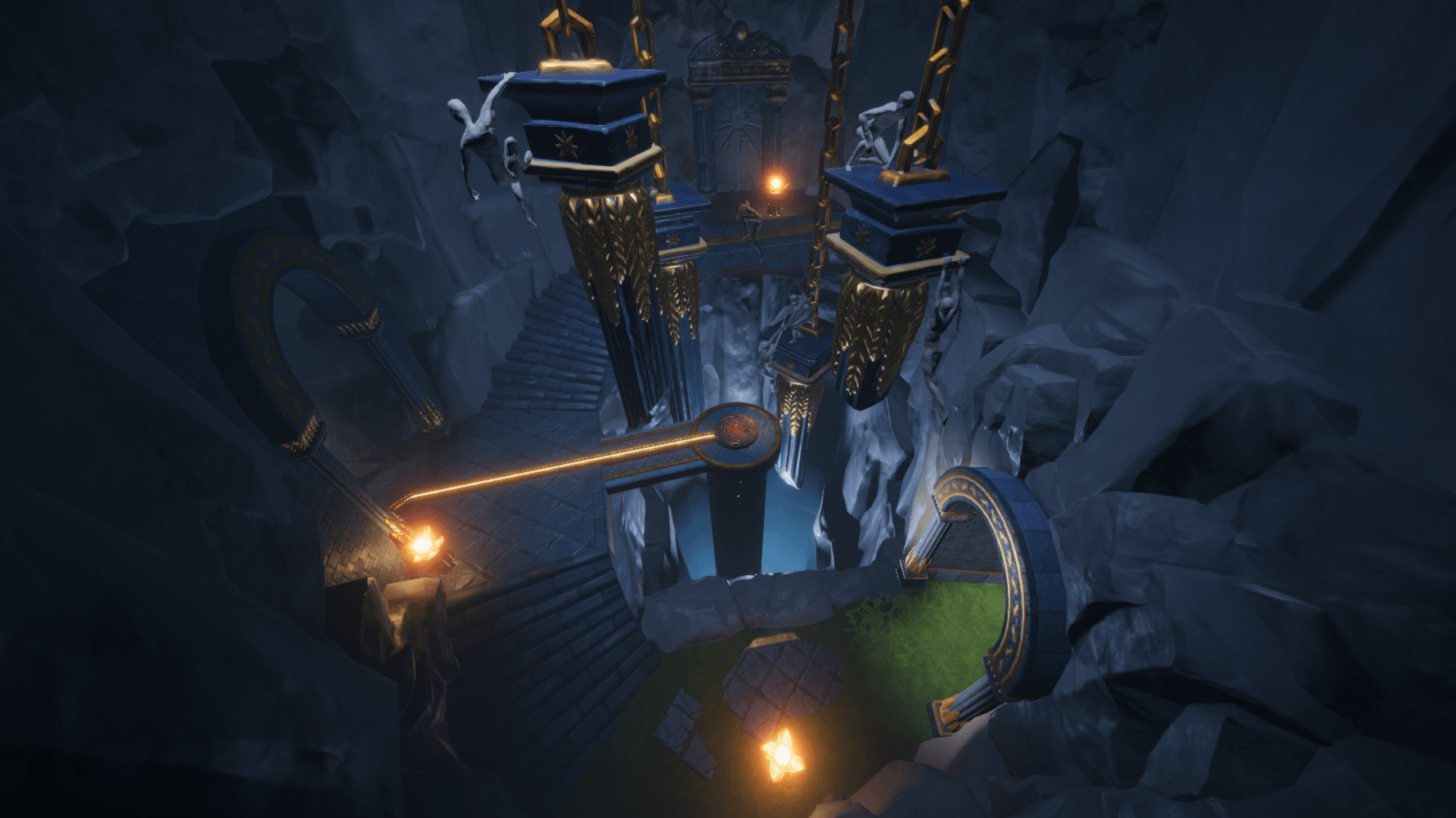
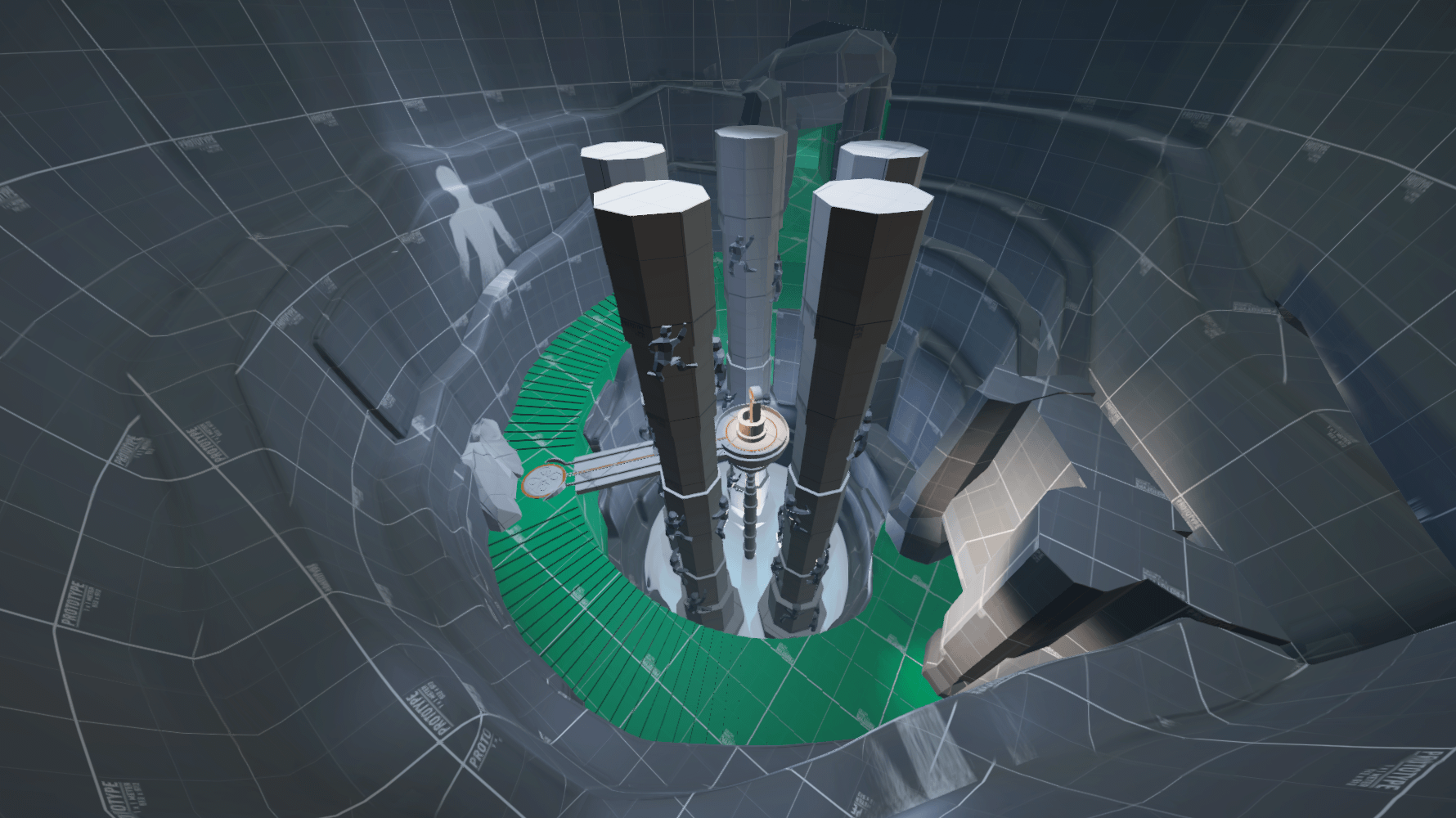
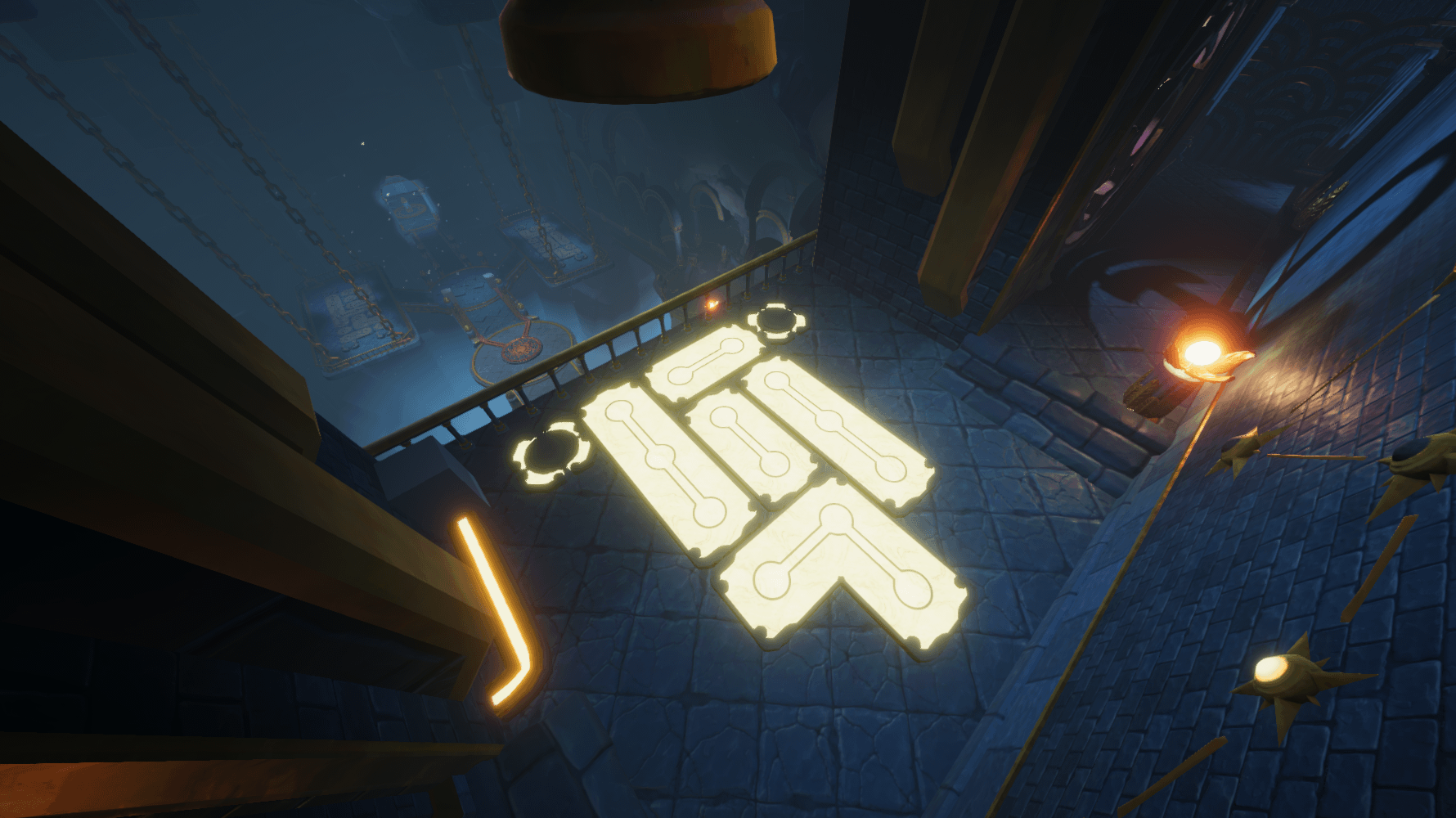
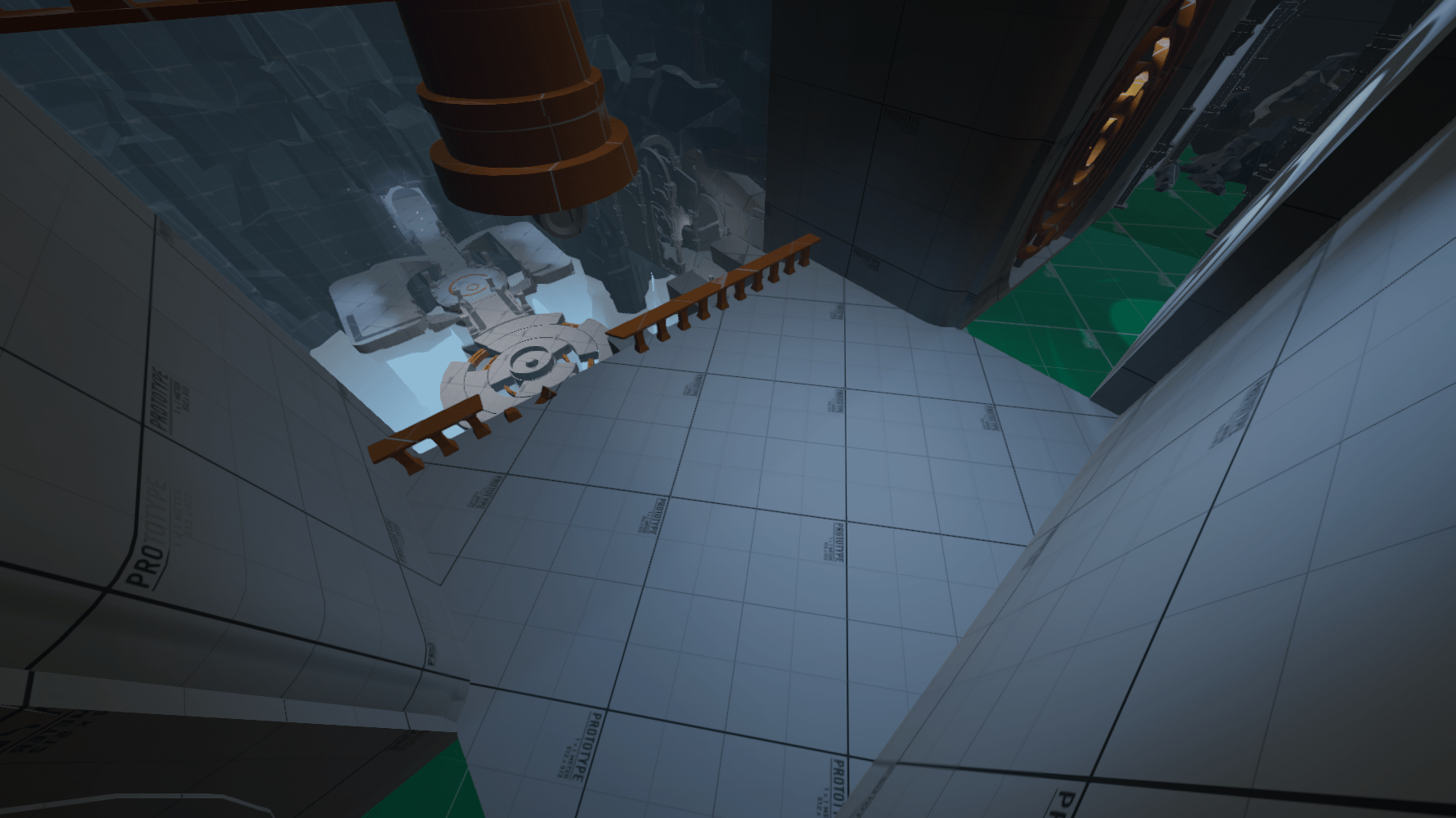

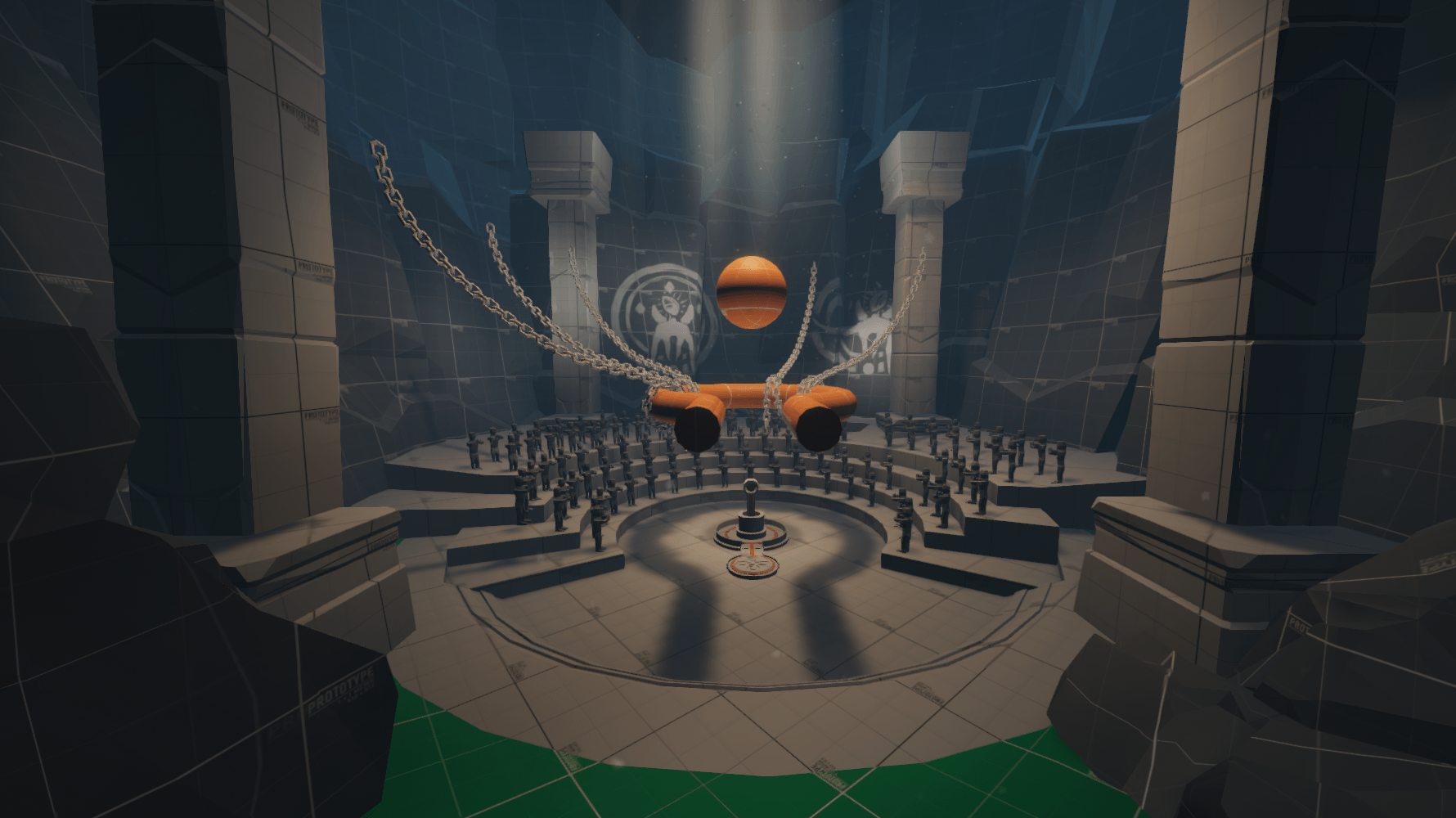
Even though the level was linear, I made it open and free to explore, so the longer the player played and learned the mechanics, the more optional places to visit appeared.
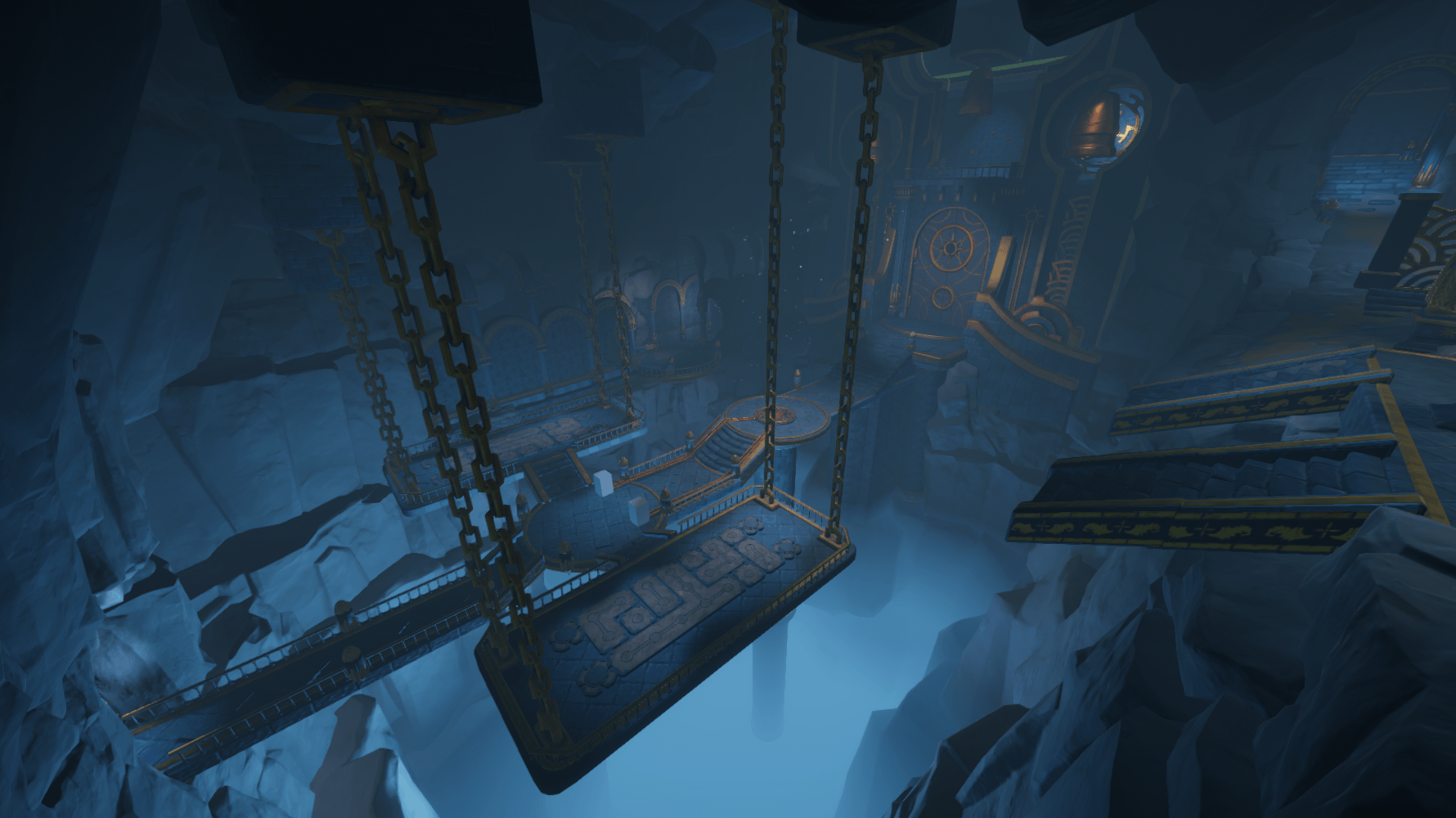
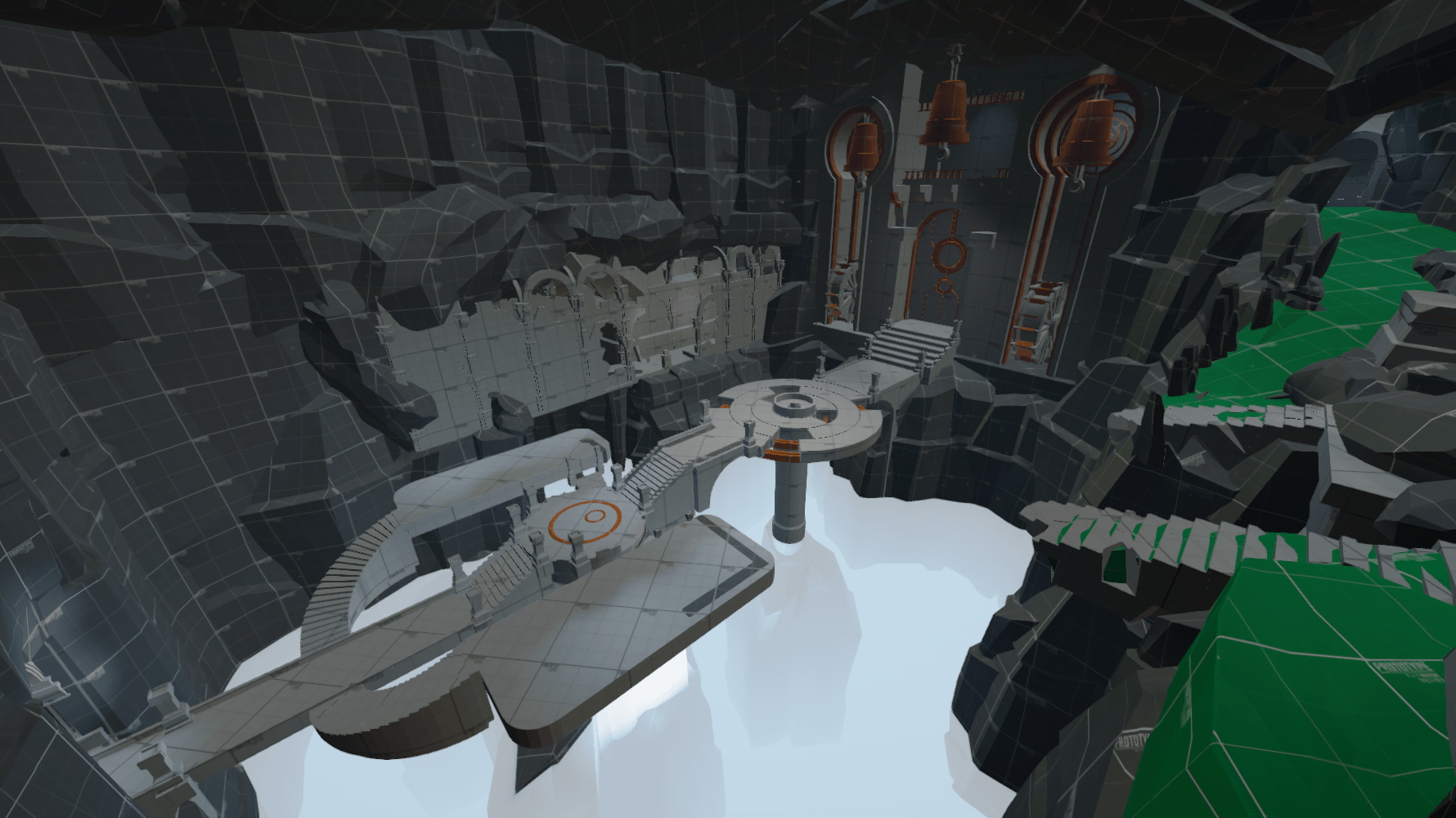
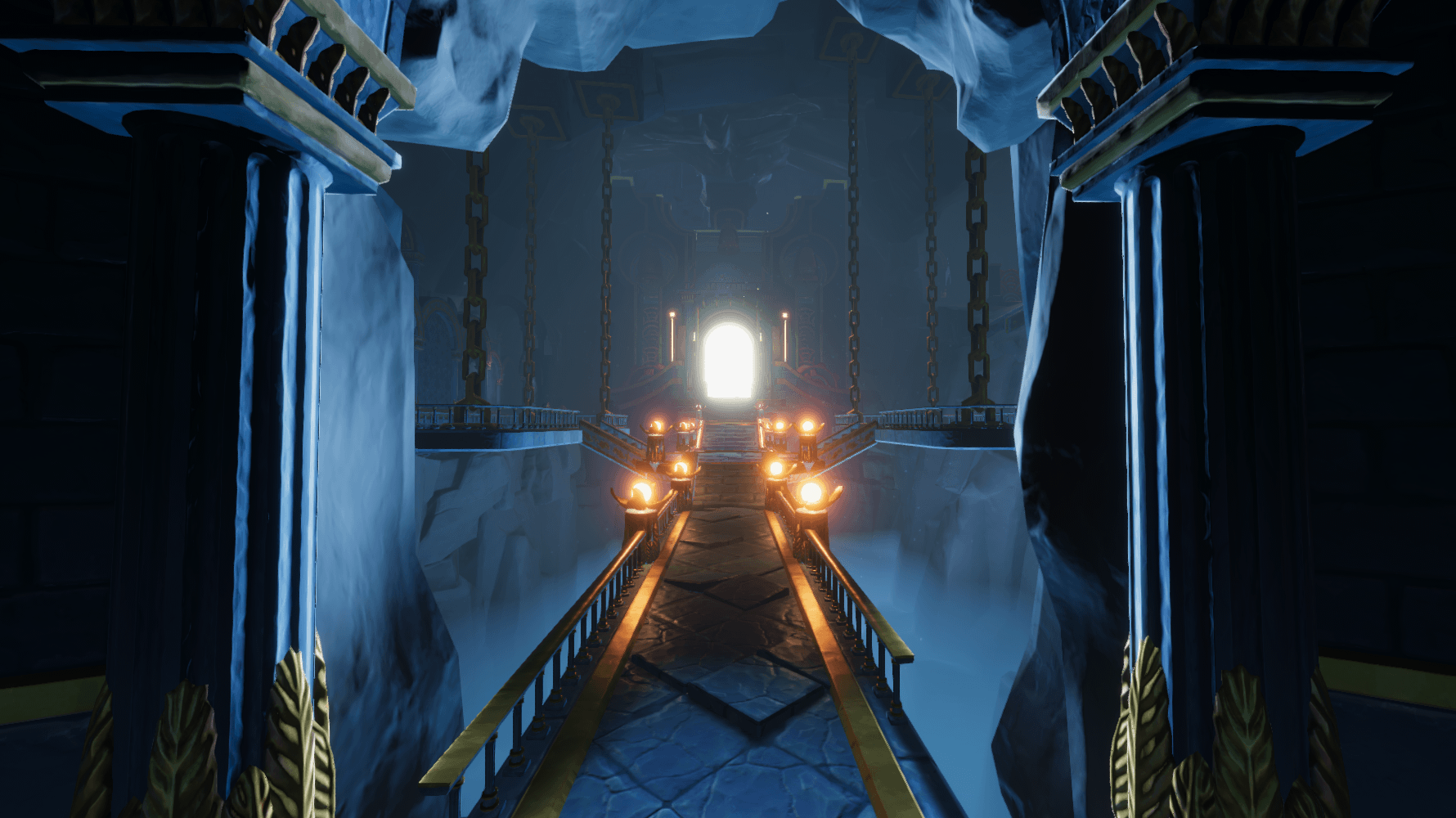
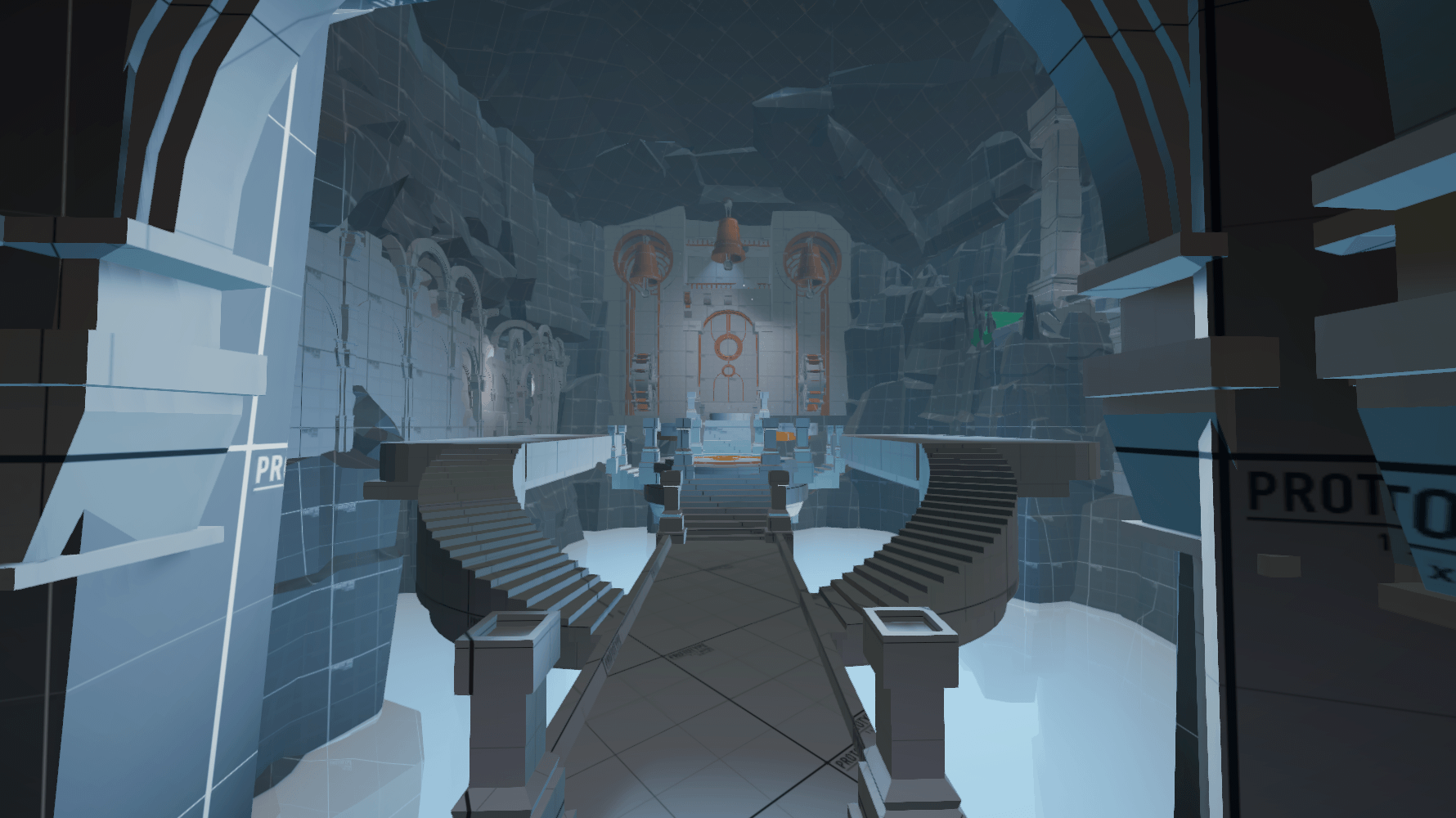
Stars
After finishing the tutorial level, we end up in the home of our goddess. This level is a hub we will visit multiple times and have access to the rest of the locations in the game. Once you appear on the level, you can see the building in the centre where we can visit the goddess and in the distance, the next gate we have to access to progress to the next level.
The entire game has yet to be designed, so this level has been opened to changes to introduce hidden locations, secrets and bonus content.
Fields
Creating the open level was in itself the most significant challenge for me. It was an eternal struggle with Unity Terrain Tools and how they work. Sculpting terrain was laborious and time-consuming. The first iterations of the level were done in Blender; it needed to be done with the Unity terrain system later.
Finding the correct scale of the world, not yet fully knowing all the mechanics, the final speed of the player and the number of puzzles was a challenge. This level has been iterated many times along the development cycle.
Village
There have been plans to keep each level designed with three zones, each having a unique puzzle mechanic. We finished only two of them: the garden and the village. These zones were prepared with the possibility of adding another section. Taking any other path does not interfere with the journey, as they lead to separate zones with a unique development of the basic rules of the puzzles. These puzzles are also chained, so the player learns them gradually, without being able to start the hardest one without knowing the basics.
The level begins at a crossroads where we can see our goal in the distance, a gate rising above the village. We can take either path, but the level layout encourages the player to solve the puzzles in the town. Inside the village, you see the final puzzle in the centre, which unlocks the key. To access it, you must explore the city and complete the rest of the puzzles.
In addition to these puzzles in the prototyping phases, players enjoyed exploring different nooks and crannies. We have created a unique secret puzzle that we activate by collecting individual tiles worldwide. It was a challenge because I wanted the game to turn into something other than testing every wall for colliders or looking behind every stone by players. Finding all of them unlocked a new simple puzzle, which led to the secret room with another afterimage.
Garden
Turning left, we follow a small path densely covered with trees, revealing an alley from which we can see a bridge leading to the garden. This zone is divided into three sections. Each contains a different maze that takes you to three puzzles. Each section is locked by the previous one. Once you complete all of them, you unlock the key in the centre. The hedge mazes are designed to be visually overwhelming, but it's virtually impossible to get lost in them.


It is crucial that from each location of the key, you can see the gate. It was one of the essential assumptions set by me. There are a couple of vistas where you can see the whole garden in full completion, with all-grown flowers, hedges and trees.
Optional
Many exciting ideas for puzzles that use a single view and are hard to achieve a continuous concept of many in a row, which we developed and used as optional. These puzzles required thinking outside the box or being surprised in some exciting way. Often these puzzles went hand in hand with the environment adapted to them. Completing all of them unlocked additional content in the form of afterimages and was supposed to influence a different game ending.
In addition to these puzzles in the prototyping phases, players enjoyed exploring different nooks and crannies. We have created a unique secret puzzle that we activate by collecting individual tiles worldwide. It was a challenge because I wanted the game to turn into something other than testing every wall for colliders or looking behind every stone by players. Finding all of them unlocked a new simple puzzle, which led to the secret room with another afterimage.
Marshes
The creation of this level ended at a very early stage. The idea for this location was that we wanted it to be flat areas covered with water so that everything could be seen from anywhere. A unique mechanic for this level is a new way of moving later in the game by being able to open water paths by animating vegetation.
The level also consists of three sections, each offering a unique puzzle chain with the development of the core mechanic puzzles. The whole level is covered in fog, and our goal is to run the windmills that gradually blow it away. This mechanic is designed to focus the player on completing these objectives, and only then, having full visibility of the entire level encourages more detailed exploration.
At the beginning of the level, we see absolutely nothing except shapes emerging in the fog. Moving to the first one, we discover that these are lamps that show us the way. Continuing along this path, we reach the first windmill, where we learn about the new puzzle mechanics and that the completion dispels the fog. Two more windmills appear in the distance, which the player can solve in any order.
Even though the level is symmetrical in design, with a gate in the middle, it is very organic, and each section surprises with a different idea for itself. The first one uses lanterns to show us the way and has a lot of small islands. The second occurs along the river, which refers to linked puzzles.
Placing the gate in the middle of such a flat terrain is very clear and calculating how long it takes the player to complete the path was much more manageable. Under the gate is a room with a map with all the puzzles in the biome. This guides players right after completing a region when returning to the centre to see if they missed something or should look further.
Creating a logo
In addition to creating the levels and their meshing, he made the game logo when we decided on the project's name from the working title.

UI/UX
My task was also to create the entire UX and UI and cooperate with programmers in implementing it. Animations and sounds played effects in using the UI and HUD. The premise of the game was to support the disabled and to be easy to use. It required searching for information and familiarity with graphical standards that support accessibility.

